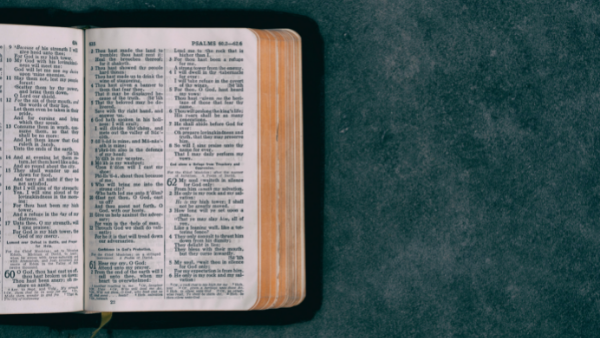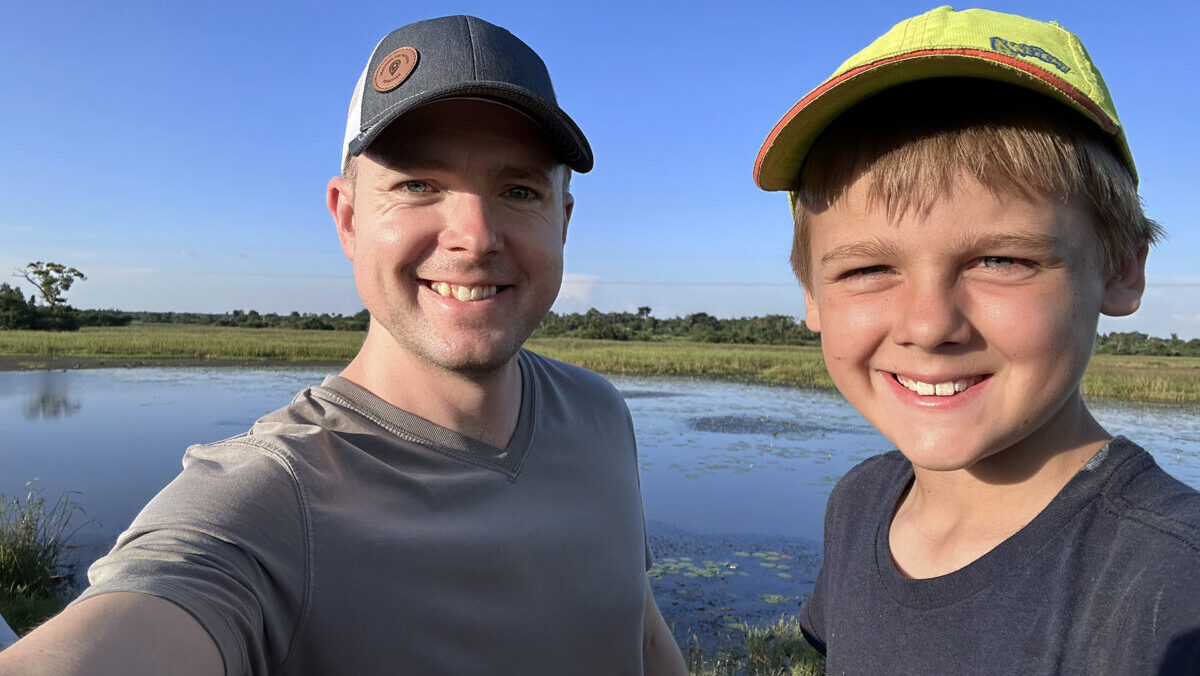PICK UP YOUR MAT
John 5:5–16
“Waiting room” is an appropriate name for the holding area at the doctor’s office. Lots of waiting happens there before you are assessed by medical professionals. At the Bethesda Pool in Jerusalem, sick and infirm people waited.
Supposedly, the first one to enter when the waters stirred received healing. Jesus met a man there waiting for health care. Day after day he anticipated his turn in the pool. It never came. Jesus’ response to human misery reveals how He expects you to act.
Compassion Expressed (5–9a)
Pilgrims gathered in Jerusalem for an unnamed feast. Few went to the pool where people suffered, but Jesus cared enough to go. For 38 years a disheartened man endured disability. Jesus initiated contact. He asked, “Do you want to get well?” Not all sick people desire help. Perhaps the question got the man’s attention.
No direct answer came. Instead, the man complained about his dilemma. No one helped him into the pool. Others broke in line ahead of him. You get a sense of despair — no health, no friends, no hope.
Jesus issued three commands: “Get up, pick up your mat and walk.” Without hesitation, the man followed instructions.
His obedience demonstrated a potential for faith. Miraculously, the man walked. No agitated water was needed. Jesus performed a caring act and showed believers how to live compassionately.
Legalism Exposed (9b–13)
The orders to get up and walk make sense. But why take up the mat? It fit Jesus’ plan. John identified the day of the event as the Sabbath. Jews, especially the religious leaders, revered the Sabbath as holy. Any failure to honor it drew scrutiny. Jesus used the encounter to contrast His loving ways with Jewish legalistic traditions.
Strict Jewish regulations governed Sabbath life. Clear prohibition existed against bearing a burden. The mat amounted to a burden. The Jewish religious elites’ opposition to Jesus surfaced.
His concern for human need stood opposite the Jews’ strict compliance with rules. Human suffering took a back seat to law. When confronted for the infraction, the healed man shifted blame. The One who restored him was responsible for the violation. The man didn’t even know the Healer’s name.
The Jewish leaders proved how little their religion did for their hearts. They showed no joy at the man’s good fortune. Self-righteousness and love are incompatible.
Identity Exposed (14–16)
Learn a lesson from Jesus about following up with nonbelievers. He took the initiative again to find the healed man in the temple. Jesus pursued the man to invest in him further. The first meeting addressed an unhealthy body. The second focused on spiritual emptiness.
Jesus commanded, “Do not sin anymore.” A consequence of sin may be suffering. But not always. Jesus identified the man as a sinner in need of spiritual healing. Sin separates people from God. It leads to something worse than a physical malady.
The man reported the incident to the Jews. He testified to Jesus’ identity and the wholeness He provided. Where the man saw blessing, the Jews saw fault, and attacks on Jesus began in earnest. Only God Himself had authority to heal on the Sabbath. As the Son of God, Jesus saw no contradiction. Jesus prioritized people. His compassion motivates Christians to care for individuals physically and spiritually.
By Darryl Wood
Retired pastor, current hospice chaplain and interim pastor








